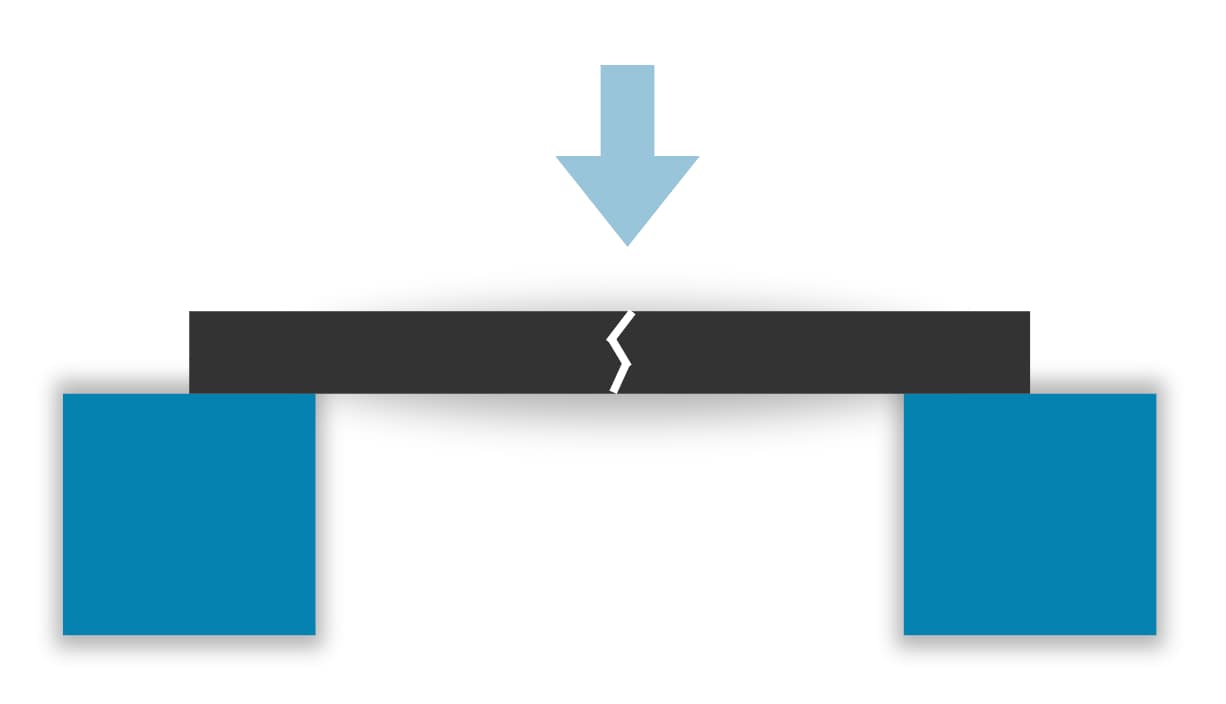Between power and fragility, the horse perfectly embodies the expression “colossus with feet of clay”. During exercise, a horse’s bones are subjected to repeated mechanical loads that can have a profound impact on his bone health.
From simple pressure to fracture, this article looks at the various factors that can aggravate this condition, as well as ways of limiting them.
From pressure to bone fracture
The bones of athletic horses are subjected to a certain amount of pressure during exercise. The mechanical load of the horse’s body during repeated exercise exerts pressure on the bone structure. This pressure initially leads the bone to adapt. As training progresses, the application of a biomechanical force causes a slight deformation of the bones. Compressive stress initially causes minimal deformation. This deformation shows that the bone tissue is developing and increasing the strength of the bones.
However, bone elasticity does not last forever. Repeated loading causes the bone to lose its elasticity, become more fragile and lead to the breakage of the bone structure, known as a fatigue fracture.

Fatigue fractures take the form of microcracks in the bone structure. It is often poorly understood because it is difficult to see. However, certain pain signals, such as an elevated heart rate, can be detected by regular monitoring.
Find out in this article how the Equimetre sensor can be used to detect pain during training.
What are the aggravating factors?
The number of load cycles
The first factor in bone fragility is the number of loads on the bone.
It can be seen that the solidity of the bone structure decreases as the number of pressures on it increases. However, it can be seen that bones are resistant for a certain number of cycles, but drop radically after a certain threshold. As the microcracks are imperceptible, it is very difficult to determine what level the horse is at. We therefore understand that the degree of bone fatigue is proportional to the load it is subjected to.

Speed during loading
The second factor in fragility is the speed at which the load is applied.
Load is proportional to speed, so an increase in speed increases the load on the bones. This is a mechanical result, as the horse increases the number of strides as he gains speed, which causes more load to be applied to the bones each time he hits the ground with each stride. A very fast gallop is therefore an aggravating factor in terms of microcracks, and therefore fatigue fractures.
How can pressure on the bones be limited?
As we mentioned earlier, the pressure exerted on the bones causes the bone to adapt, increasing its resistance by enlarging its size, up to a certain limit. This ability of the bone to adapt to the load allows the horse to progress through training. However, we have also seen that excessive and repeated pressure can lead to injury. To ensure that our equine athletes are respected, there are ways of limiting the pressure exerted on the bones.
Adapted training
The horse’s skeleton adapts according to the gait at which the load is applied. This means, for example, that a trotter will have to adapt his bone structure when training for a trot, and a galloper when training for a canter.
This is particularly true of the cortical bone, which adapts differently depending on whether the horse is training for a trot or a canter.
Low exercise volumes
Bones only need a small amount of exercise to adapt! So two training sessions a week for a galloper are enough to allow him to adapt his bones correctly, without overloading them.
Galloping is the gait that produces the most stress on the bones, so it’s important to ensure that this pressure is as minimal as possible, while allowing the bones to adapt and progress.
A shorter distance
Finally, as the load is proportional to the speed, it is important to ensure that the distance is reduced or maintained during work where the speed is increased. Short bursts of speed are the best way to allow the bones to adapt, while not producing unnecessary overload caused by too long a distance.
Conclusion
In conclusion, it is undeniable that the load exerted on a horse’s bones has a significant influence on his health and performance. Despite their apparent robustness, horses’ bones are subjected to complex stresses every time they exert themselves. It is therefore important to understand how their bone structure works, so as to minimise damage as much as possible.
SOURCES:
Webinar hosted by Prof. Chris Whitton / University of Melbourne.
Key words: bones, loading, bone structure, load, Equimetre Vet
Crédit photo : @scoopdyga


